I tend to use terms like “clean eating” and “real food” a lot here. Although our particular system of healthy eating is unique, those terms are often the most convenient descriptors. However, using terms like “clean eating” and “real food” can result in confusion when other systems and philosophies also use similar terms. With that in mind, I’ve decided to write a series of blogs comparing clean eating with other popular philosophies of nutrition. We start today with clean eating vs paleo.
This article isn’t intended to glorify the 90/10 system over that of the paleo philosophy. In fact, I’ll mostly just talk generally about clean eating and not specifically about our unique brand of it. Although I am partial to my system as you would expect, the intent of this writing is to simply give a side-by-side comparison of clean eating vs. paleo so that you can understand the differences. I’ll also cover as many of the variations of the two as I possibly can since the terms “clean eating” and “paleo” are not regulated or clearly defined by a governing board or anything like that.
Defining Clean Eating
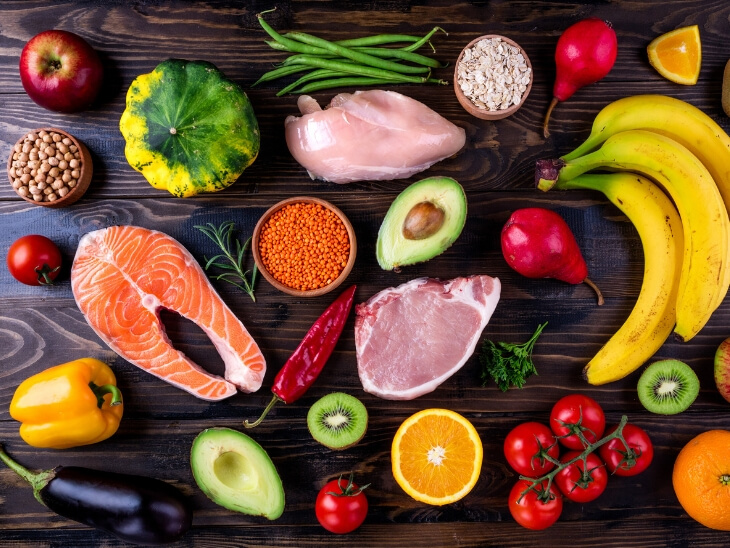
The simplest definition of clean eating goes something like this:
“Eat foods in a state as close to their natural state as possible. Refined grains, refined sugars, overly-processed foods and artificial ingredients are avoided or minimized.”
In general, the focus of clean eating tends to be on ingredients rather than macronutrients such as carbs, fats, proteins, and calories. Your goal is basically just to eat real, whole foods.
You shop around the perimeter of the grocery store where you find foods with only one ingredient like “broccoli” and “beef”. If you purchase packaged foods with an ingredients label, you read the ingredients and watch for anything that isn’t something you recognize as real food.
In most cases, foods such as grains and dairy are not completely cut out of clean eating programs. Also, macronutrients and calories are not usually limited (at least not as a major focus).
Defining The Paleo Diet
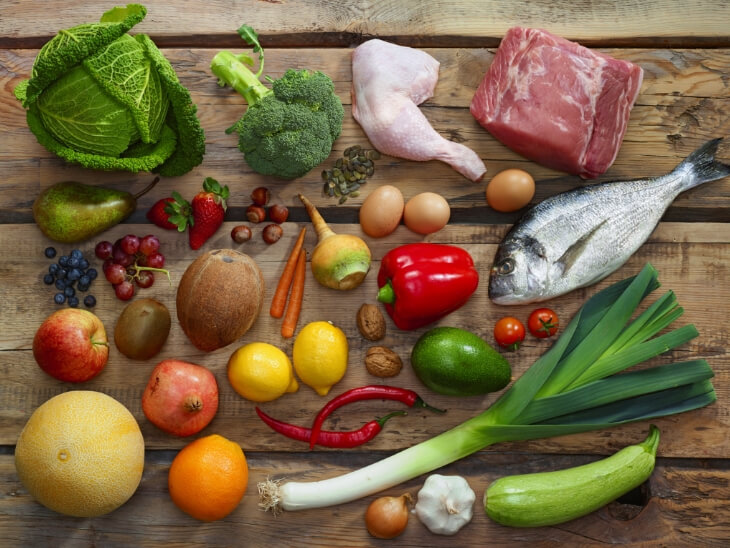
Next in this comparison of clean eating vs. paleo, let’s run through a general definition and overview of the paleo diet.
The paleo diet is built on the theoretical diet of our human ancestors before the agricultural revolution (believed to be about 12,000 years ago). In other words, it is intended to mimic the diet of a human living in a time when there was no organized agriculture. Animals were not raised for slaughter, and fruits and vegetables were not grown in controlled farming environments.
Essentially, a human living during this time would have to hunt animals for meat and forage for plant foods that grow in the wild. For this reason, the term “hunter-gatherer” is often used in conjunction with the paleo diet.
The simplest way to think of the paleo diet: If paleo wouldn’t have had access to it, you shouldn’t eat it. The major items besides processed foods that end up getting eliminated on the paleo diet are grains, legumes, and most dairy.
The philosophy behind the diet is that our genes are programmed for the foods we evolved to eat before the agricultural (and later, the industrial) revolution. The changes that the industrial and agriculture revolutions have brought to our foods do not match our genes and we have not yet adapted to these new foods.
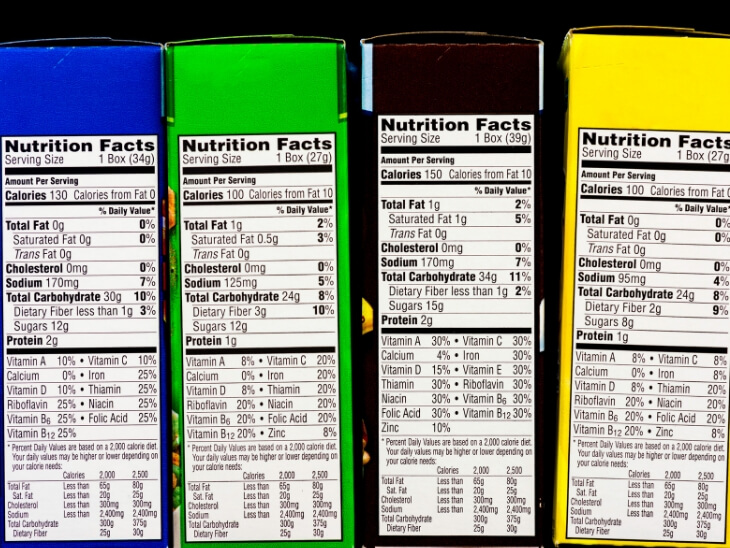
Clean Eating VS Paleo: Food Comparison List
The table below gives a broad overview of various foods and whether or not they are allowed on the clean eating or paleo diets. Remember, these are broad definitions and you may find slightly different rules in different variations of these diets.
Food Item
Clean Eating
Paleo
Unprocessed Meats (beef, lamb, fowl, pork, fish, shellfish, and others)
Processed Meats (meats cured with nitrates and other methods)
Dairy (see variations section)
Eggs
Vegetables (including starchier types like sweet potatoes, see variations section)
Fruits (all types, see variations section)
100% Whole Grains (whole wheat, brown rice, amaranth, millet, oats, and more)
Processed or Non-Whole Grains (enriched or white wheat, white rice)
Legumes (beans, lentils, peanuts, and more)
Vegetable Oils (canola, sunflower, safflower, corn, and more; see variations section)
Nuts and Seeds (almonds, walnuts, pecans, sunflower seeds, and more)
Salt and Spices
Processed sugar (cane sugar, high fructose corn syrup, maltodextrin, dextrose, and more)
Artificial Sweeteners (aspartame, sucralose, and more)
Processed foods in general
Notable Variations
Dairy: Most dairy is off limits for paleo, while most dairy is ok for clean eating. However, you may see some paleo programs allowing cultured and fermented dairy products such as yogurt. You may also see butter and especially clarified butter (ghee) promoted by some paleo programs.
Potatoes: Both programs will often stick to the rule that sweet potatoes are ok but “white” potatoes are not. This isn’t universally true, but is definitely true with 90/10 and most paleo programs I’ve seen. In our case, white potatoes are on the yellow tier.
High Glycemic Fruits: You may see some paleo programs making the higher glycemic fruits (higher natural sugar content, such as bananas) off limits or severely limited. This is more common with “low carb” or “keto” programs though.
Vegetable Oils: In clean eating programs, vegetable oils like canola oil and corn oil are sometimes even promoted. Here at 90/10, they are on the yellow tier and therefore severely limited. Most paleo programs specifically avoid most of the vegetable oils since they are a recent creation of the food industry.
Food Sourcing
Clean eating programs tend to promote organic foods over conventional, grass-fed and pasture-raised meats over feedlot-raised meats, and local and sustainable sourcing. However, in my experience, this type of food sourcing is not usually a specific requirement in order for a food to be considered “clean eating”. Again, most programs will promote the very best food sourcing, and some may even make it a must-do in their particular version, but most programs do not tie sourcing directly with the term.
90/10 Nutrition is an excellent example of this. I’ve written articles on things like grass-fed beef and organic sourcing, but it isn’t a requirement of our tier system. In our case, the reason is not because I don’t think it is that important. It’s more because our program is specifically intended to be a very doable system to get away from highly processed foods. I figure you can easily move from that into organic and sustainable sourcing after that first major step is mastered.
Because Paleo is based on the diet of the paleo man before synthetic fertilizers existed, the diet tends to promote organic sourcing fairly heavily. Although you will find many people doing paleo by merely adhering to the types of foods and ignoring things like sourcing, most programs seem to teach organic produce sourcing as well as pasture-raised animal foods as part of the diet and not just an option.
Summary of Clean Eating VS Paleo
Clean eating focuses on ingredients and determines if an ingredient is healthy or not based on if it is unprocessed or minimally processed (e.g. whole grains would be unprocessed or minimally processed, refined grains would be processed). It does not typically place groups of foods or particular macronutrients off limits such as all carbs or all legumes.
The Paleo diet is also concerned with ingredients but uses the theoretical diet of our ancestors to determine if a food should be consumed or not. In addition to the processed foods that are off limits on the clean eating diet, all grains, legumes, most vegetable oils, and most or all dairy products are off limits on a paleo diet.
So, the paleo diet is very similar to clean eating, but with several added restrictions.
In general, when you compare clean eating vs paleo, the two diets tend to be very similar. Paleo recipes can almost always be used as clean eating recipes because the paleo diet focuses on similar standards for ingredients. However, clean eating recipes cannot always be used for paleo because they may have grains, legumes, and dairy.
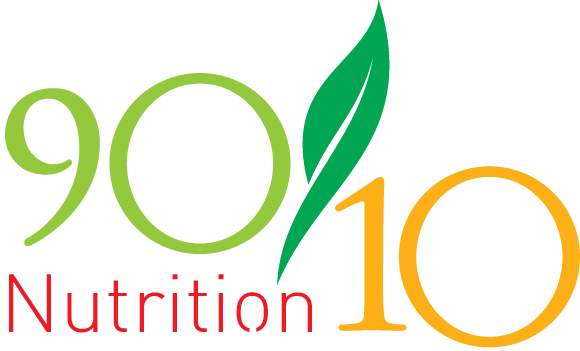

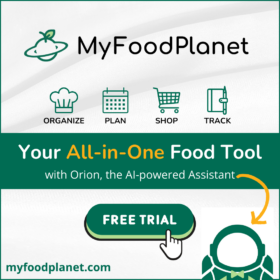
Comments (0)